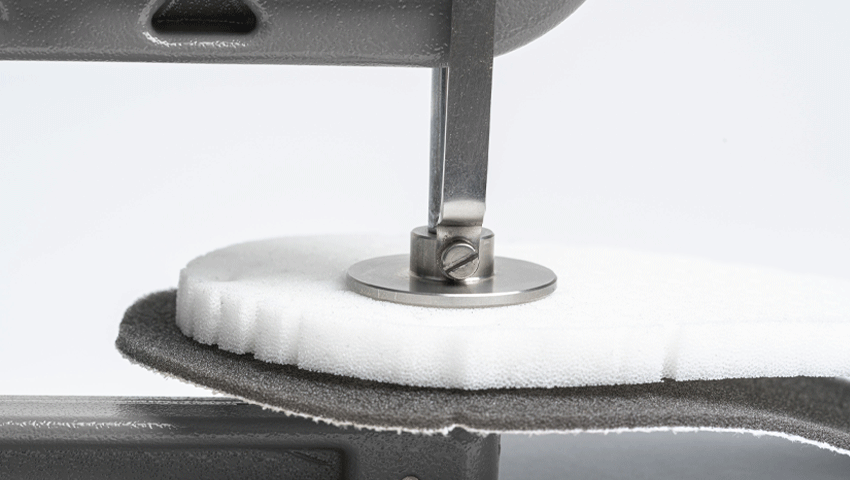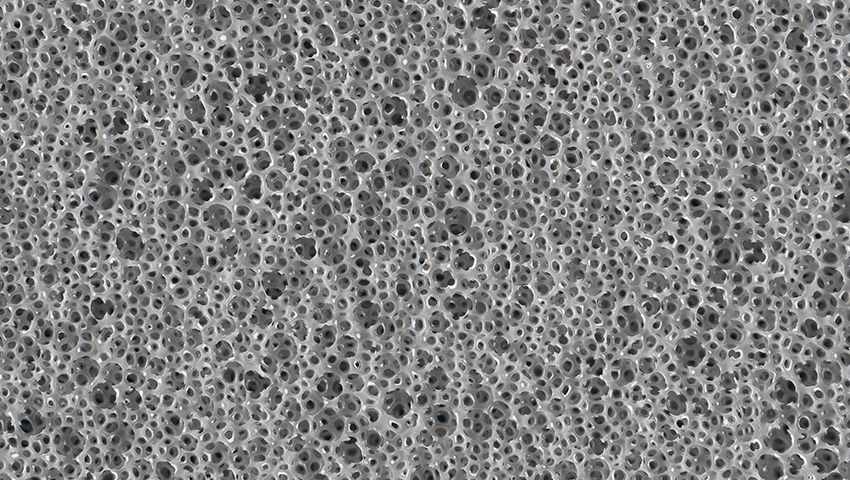
What’s inside your chamois pad: High-performance Foams
[ssbp]The chamois padding is a cyclist’s best defense against soreness in an area of the body that is most prone to pressure during a ride. Having a good chamois gives cyclists the assurance that they can ride comfortably for hours pain-free. But there’s more than meets the eye when it comes to your padding.
Nobody understands better than Elastic Interface® how important it is to have the right protection in the saddle and the direct impact of comfort on your performance. High quality raw materials and continuous controls are at the core of our choice when selecting paddings for our chamois. There are two main components to its build that Elastic Interface® takes a careful eye in selecting: the fabric and the foam.
In this article, we take a deeper look at the importance of foams and what are the characteristics of high-quality foam. Elastic Interface® conducts deep research and leverages the best technology to make sure that the foams used in your pads deliver both comfort and performance.
There are two main types of foams used in Elastic Interface® paddings. The first is the top layer foam. It is designed to be breathable and this foam is what reduces heat and lets air pass freely for optimal thermal balance. The second foam – the padding – is what makes the chamois support you.
These foams are either stitched or thermo-molded to the top layer, and they based on different requirements of the various cycling disciplines. The combination of these foams provides the right level of breathability, support, reliability, and an excellent elastic memory.
Overall, foams can be considered as the most critical part of your chamois. Elastic Interface® selects and build these foams to deliver on four key features:
Support
Foams only provide support if they have enough compression resistance to counter the load and prevent bottoming-out. The higher the density, the more weight or force is needed to deform the foam. Our pad density ranges up to 200 kg/m3 in the Hybrid Cell System. This enabled us to create padding that is more resistant to wear and tear.

Elastic memory
Elastic memory is what enables padding to return to its original shape after being stretched, compressed, or otherwise distorted. Foams return to their original shape after being compressed to guarantee protection for cyclists, ride after ride.
Reliability
The foams used in Elastic Interface® products are developed to keep their characteristics intact over time, to ensure long-term support and protection. Our research and development department has identified a series of parameters that need to be met so that the regularity and quality of the supply of the foams are always guaranteed. This way, we can deliver high-quality paddings whilst reducing production waste.

Breathability
Breathability and air permeability are guaranteed by the open cell structure of our foams. This characteristic helps to keep your skin dry and reduce skin temperature as well. If you are wondering what breathability and air permeability look like, take a look here below.

Our research and development team analyzes the qualities of the foams and creates the perfect mix for every product to achieve the right combination for each pad. Lower density foams are used for shorter distances requiring intense exertion and higher density foams for long-distance disciplines as riders need maximum protection guaranteed when spending many hours in the saddle.
Foams are a critical component in delivering the padding’s utmost performance. This is why Elastic Interface®’s research and development team works tirelessly to innovate materials and techniques, especially for its foams. By carefully studying and selecting based on the needs of cyclists, Elastic Interface® cycling pads are the industry standard for long-lasting support and wear resistance.